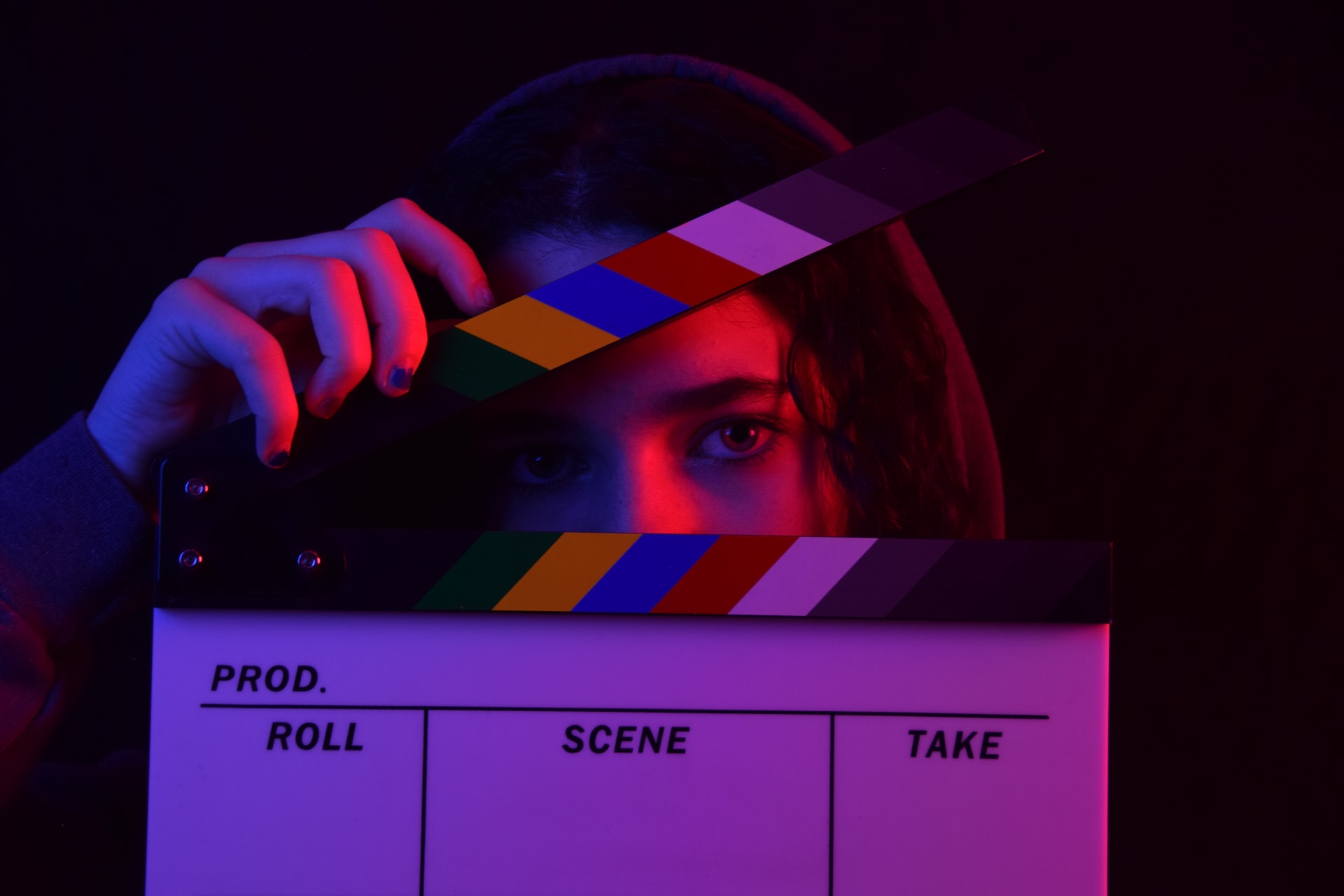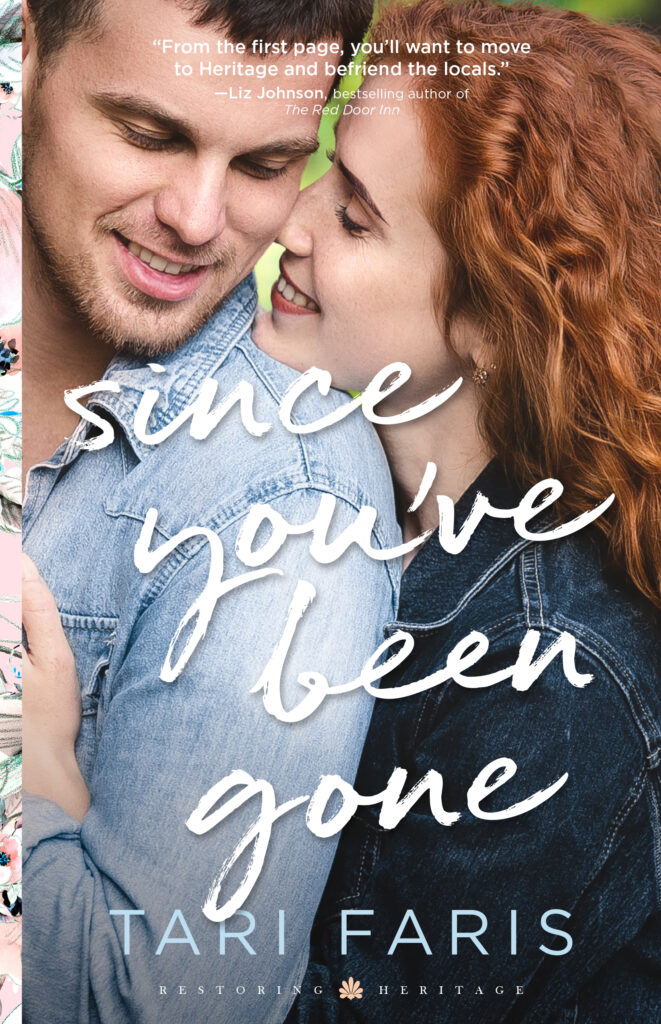by Tari Faris, @FarisTari

There are 7 things that seemed to repeat to me when I recently worked with a group of beginner authors.
I am convinced that what separates a beginner writer from a veteran isn’t that we don’t make these mistakes but we have learned to watch for them and edit them out.
On May 19, I wrote about the first key problem I saw repeating: Starting the story too soon. You can read that here.
This month I will touch on what I feel is the biggest problem for beginner writers.
Scene Structure
It was typical to read a scene from one of the students and didn’t feel the story moved forward much. I might understand how they woke up, had to breakfast, or even how they got to the woods. But I didn’t need to know those things. If they are in the wood all of the sudden, the author could have summed up how they got there in a sentence or two. I didn’t need to see them get the horse from the stable – unless something important happens in the stable.
We don’t care that she made a grocery list and got in the car. If the scene happens at the grocery store, start there. We don’t need to see your character wake up or go to bed unless something major happens when they first wake or when they climb into bed. We can assume they got up. Think of your favorite movie. You don’t see every moment of that character’s life. You only see the parts that are pushing the story forward with action or reaction.
Scenes are not there to connect all the points of the story like a dot-to-dot. Scenes are there to push the story forward. Key snapshots.
Think about your favorite TV show or movie. Do they show you everything? No. They only show you the scenes that move the story forward. So I do we know what pushes the story forward? here is the simplest answer, actions and reactions keep the story moving.

Every scene should be an action, reaction, or combination of the two.
An action scene starts with the character’s goal for the scene, then they face obstacles to that goal, then they usually fail (but sometimes achieve) the goal. But either way, it sets up a new problem for the next scene.
A reaction scene shows the character reacting to something that happened in the previous scene. These are important especially if you have two POVs. If the man kisses her in his POV scene, we want to see her reacting to it (even if it is just remembering the moment later) in her POV. A reaction starts with the response to what happened, then a dilemma about what to do about it, then a decision of how to move forward.
The combination scene is simply that combining the action and reaction. The most common is to show them reacting to the previous scene then moving into action but the other can be done as well.
How do you know when you need a combo? If you don’t have enough words. A scene should be somewhere between 1200-2000 words. There are exceptions but it is a good rule of thumb. If you don’t have that many words then you probably don’t have a full scene. Consider combining another scene with it.
It is this action-reaction rhythm that pulls the reader through the story and keeps them from feeling like the story is meandering.
So look at your scene. Can you identify them as action, reaction, or a combination? If you have scenes less than 1200 words, can you think of anything to add to them to flesh them out? Do be afraid to delete the boring scenes. Just move to the next scene and sup of the gap in a sentence or two. Remember, tight writing keeps an engaged reader.
See you next month when we attack the next two was to shake off the look of a beginning writer. Until then, make sure your scenes are really scenes and not just connecting dots.
Leah Williams is back in the quaint town of Heritage, Michigan, and ready to try again to make her business a success. But blank slates are hard to come by, and a piece of her past is waiting for her there. Heir to the Heritage Fruits company, Jonathan Kensington is the guy who not only made Leah’s past difficult, he also seems determined to complicate her present as well.
Jon is trying to prove to the Heritage Fruits board that he, not his manipulative uncle, should be running the business. The board insists Jon find a new owner for the building that will house Leah’s business. To avoid forcing a buyout of Leah’s part of the building, Jon strikes a compromise with Leah, and the two go into business together. With her vision and his know-how, it might work. And Leah might realize he’s loved her since high school. If only he didn’t keep on shooting himself in the foot by boxing her out of important decisions.
Sparks fly in this romantic story of two people who must learn to trust both each other and the one who called them to this journey.
Available now for preorder! And visit linktr.ee/tarifaris to sign up for preorder rewards!
Tari Faris has been writing fiction for fifteen years but has been creating fiction in her head as long as she can remember. She is represented by Wendy Lawton at Books & Such Literary Management and is a member of ACFW and My Book Therapy. She was the 2017 Genesis winner, 2016 Genesis finalist, and 2014 Genesis finalist. In addition to her writing, she also works for My Book Therapy as a special project manager and writes for LearnHowToWriteANovel.com . When she is not writing or working, she spends time with her amazing husband and kids. In her free time, she loves coffee, rockhounding with her husband and kids, and distracting herself from housework. You can connect with her at www.tarifaris.com

